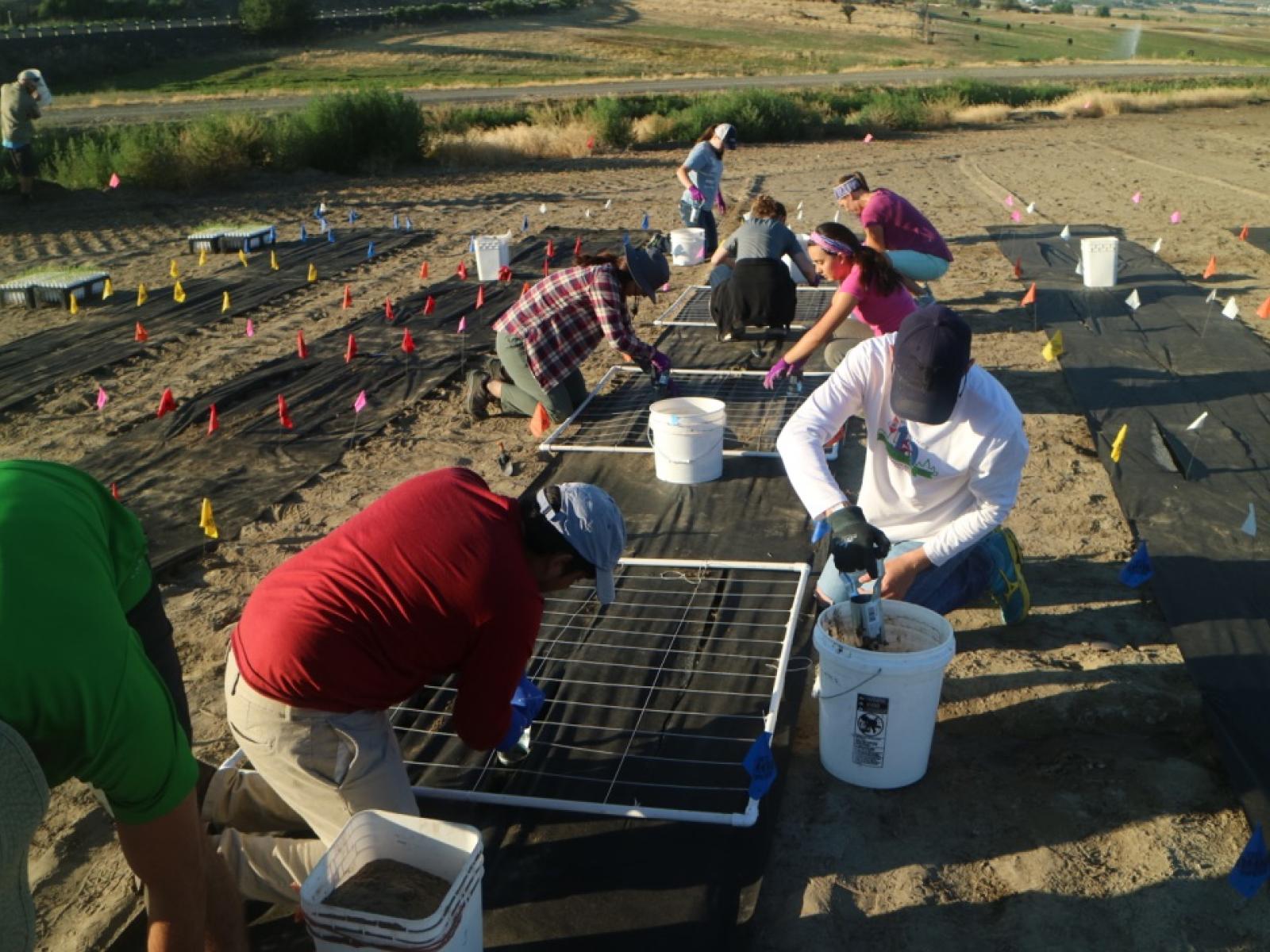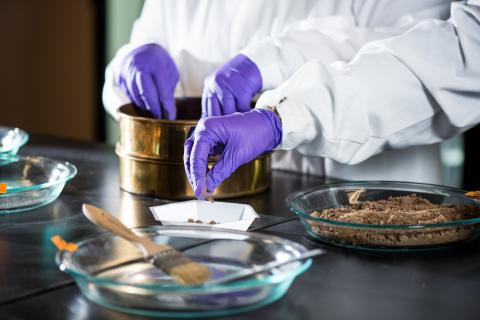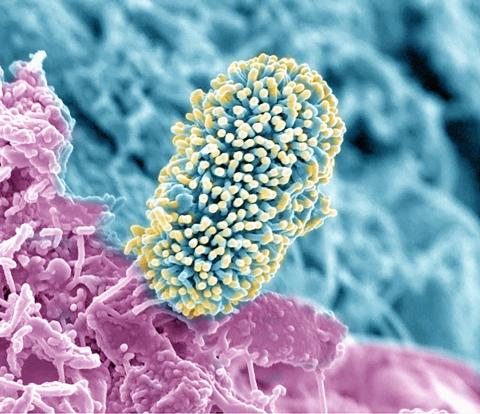PNNL Scientists are Getting the Dirt on Soil and What it Says About our Planet’s Health

PNNL scientists and colleagues plant seedlings designed to tease out soil’s secrets for growing drought-resistant crops at a field site managed by WSU in Prosser.
PNNL
Published: October 20, 2019

